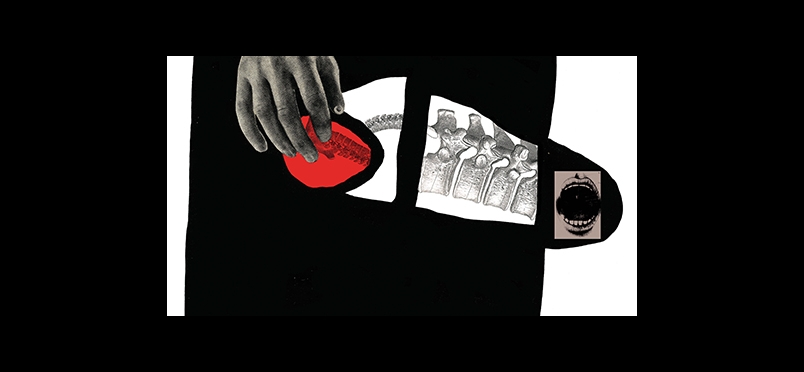| research/study
Artificial Hip Replacement: Lubrication for Longer Joint Life

Modifications to Joint Implant Surfaces May Reduce Need for Revision Surgeries
Mechanical engineering researchers from the University of Arkansas report that they have developed a design improvement that could extend the life of artificial hips. By adding microscopic indentations, or “dimples,” to the joint surface, the thickness of lubricating film between the interacting surfaces is increased, according to lead author Min Zou, PhD, professor of mechanical engineering. “Lubrication plays a key role in the wear process of the implanted joint interface,” said Dr Zou. “But this mechanism is challenging to understand because of the complex nature of the viscous fluid used for lubrication. Our study reveals promising results for understanding this mechanism better and significantly improving implants.” Of the 300,000 hip replacement procedures performed annually in the US, some 36,000 are revision surgeries that are required when a replacement fails. This failure is often due to an autoimmune response to wear and particle accumulation on the implant surfaces.
Synovial fluid is a naturally occurring lubricant that is released by cartilage, and although cartilage is removed in hip replacement surgery, the body continues to produce enough to lubricate the joint surfaces. But the thickness of the film is key to prevention of wear and implant failure. The University of Arkansas team focused on replicating the textured surface of cartilage to enhance the thickness of the lubricating fluid. A picosecond laser was used to create indentations in the surfaces of artificial femoral heads, that were then subjected to wear and friction testing to simulate the motion of the human leg. Compared to nondimpled joints, the patterned protheses were able to retain a greater lubricating film thickness. The results of their experiments were published in Journal of the Mechanical Behavior of Biomedical Materials.
Read more about the advance.
The journal abstract may be read here.
Did you enjoy this article?
Subscribe to the PAINWeek Newsletter
and get our latest articles and more direct to your inbox